ジェフ・キッシュのHIKER LIFE with PNT | #03 僕がパシフィック・ノースウエスト・トレイルに惚れた理由
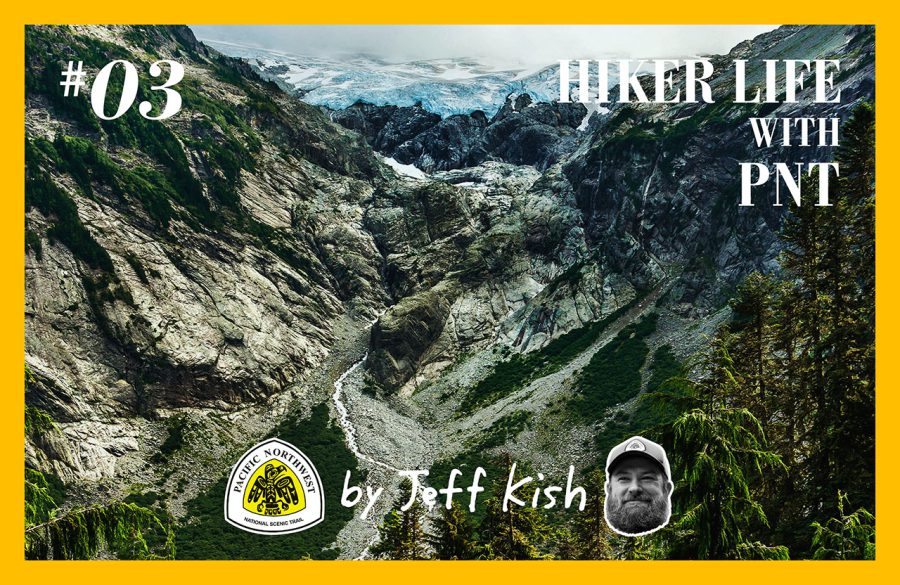
Why I fell in love with the Pacific Northwest Trail?
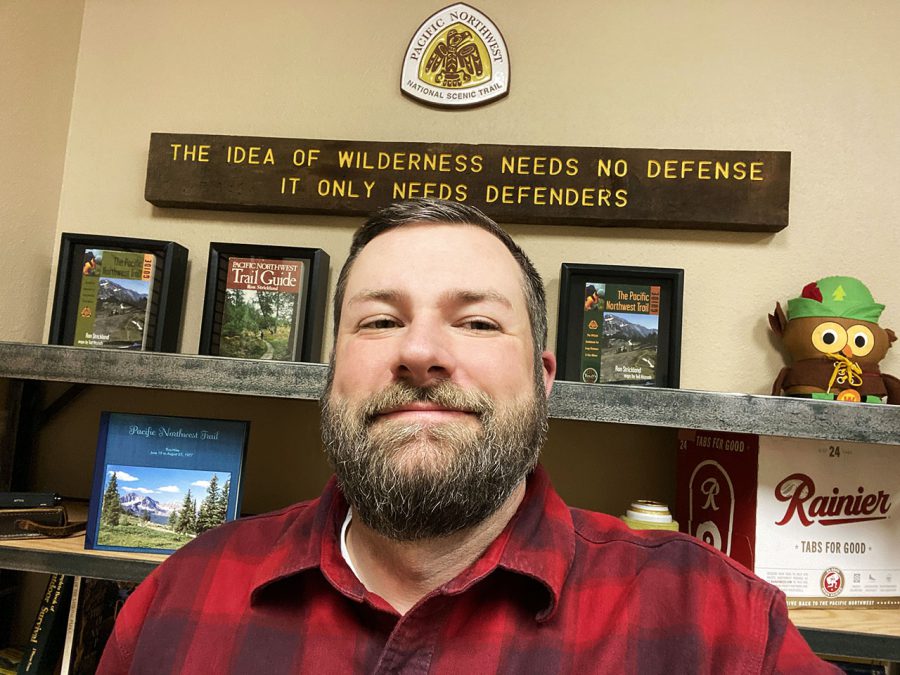
After I completed my thru-hike of the Pacific Northwest Trail in 2014, my life changed in several profound ways.
In the United States, there are 11 National Scenic Trails. Each new one is designated, not simply to increase the number of miles of trail in the system, but to offer its own truly unique experience to hikers and other users from around the world.
The National Trails System Act, which is the law that established the United States National Trail System in 1968 says:
National scenic trails . . . will be extended trails so located as to provide for maximum outdoor recreation potential and for the conservation and enjoyment of the nationally significant scenic, historic, natural, or cultural qualities of the areas through which such trails may pass.
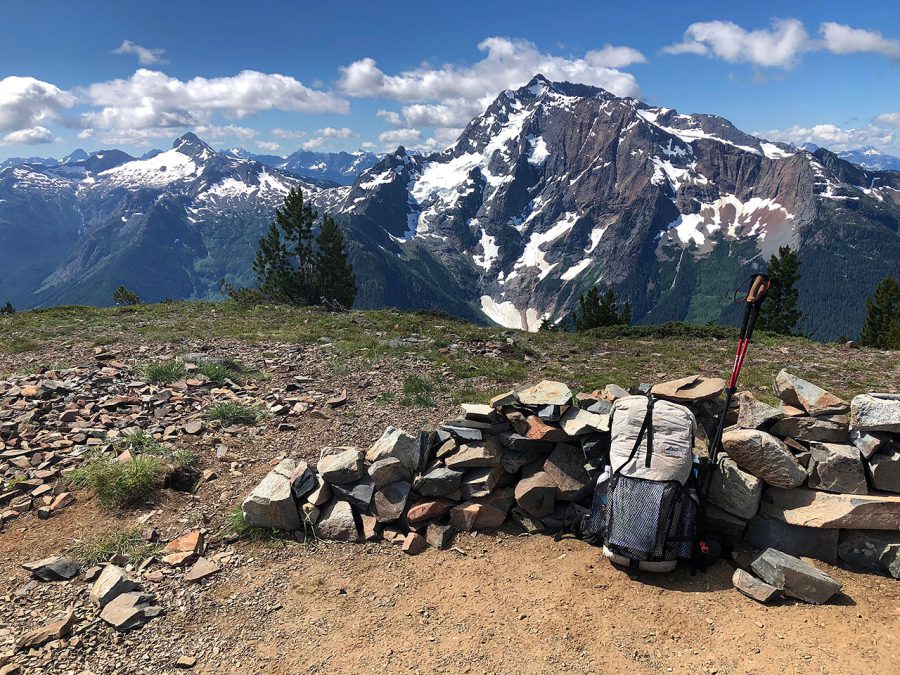
The experiences that the Pacific Northwest Trail provides to users are truly unique, and the landscape that the trail has been established to conserve is unlike any other in the system – or the world.
In 1974, the trail’s founder, Ron Strickland, had his vision for the Pacific Northwest Trail published in Backpacker Magazine. In the article, which is now known in trail legend as Ron’s “PNT manifesto,” he wrote:
“From well above treeline to luxuriant forests, from one inland wilderness area to another, to the most mysterious of all wildernesses – the sea – will someday stretch a dream trail, a passionate walker’s trail. It will be as much as possible a wilderness trail with relatively difficult access, relatively few signs and shelters, and relatively great attention given in planning to its walkers’ potential wilderness experience.”
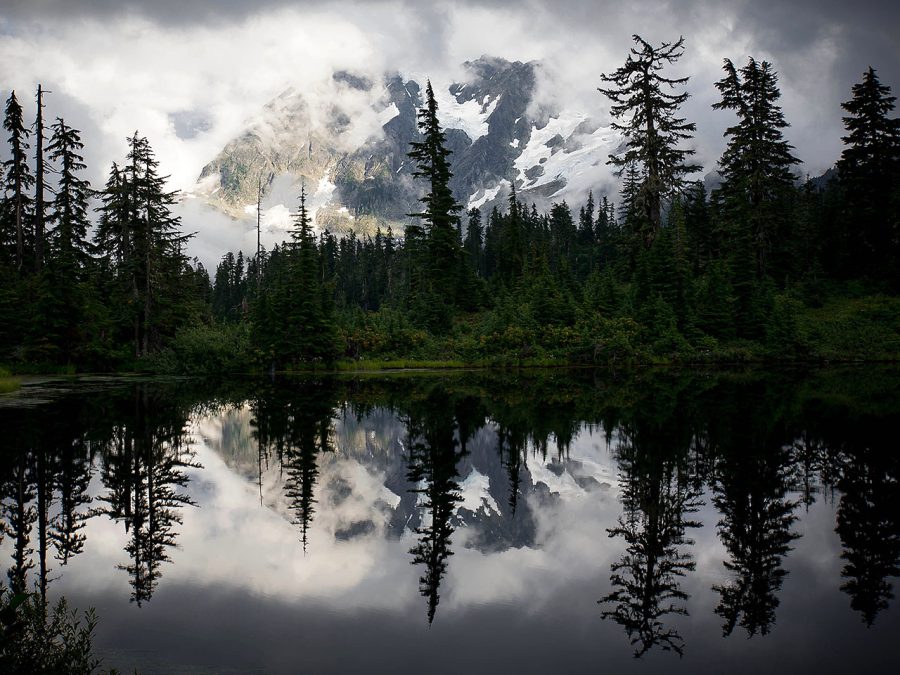
It was because of descriptions like these, rumors I had heard about the trail’s difficulty and remoteness, and my knowledge of the unique landscape of the Pacific Northwest – where rugged mountains rise and fall amid temperate rainforests, and legendary beasts still roam – that I originally set out to hike the Pacific Northwest Trail. And it was because the trail exceeded all of these expectations that I devoted my life to its protection.
On no other National Scenic Trail will you find trees so impressively large as those on the Pacific Northwest Trail. Ancient old growth temperate rainforests proliferate west of the Cascades, but also exist tucked into remote valleys as far east as Idaho and Montana. The largest trees that PNT hikers will encounter are in North Cascades National Park and the Olympic Peninsula, which is famous for having some of the largest examples of many tree species anywhere in the world.
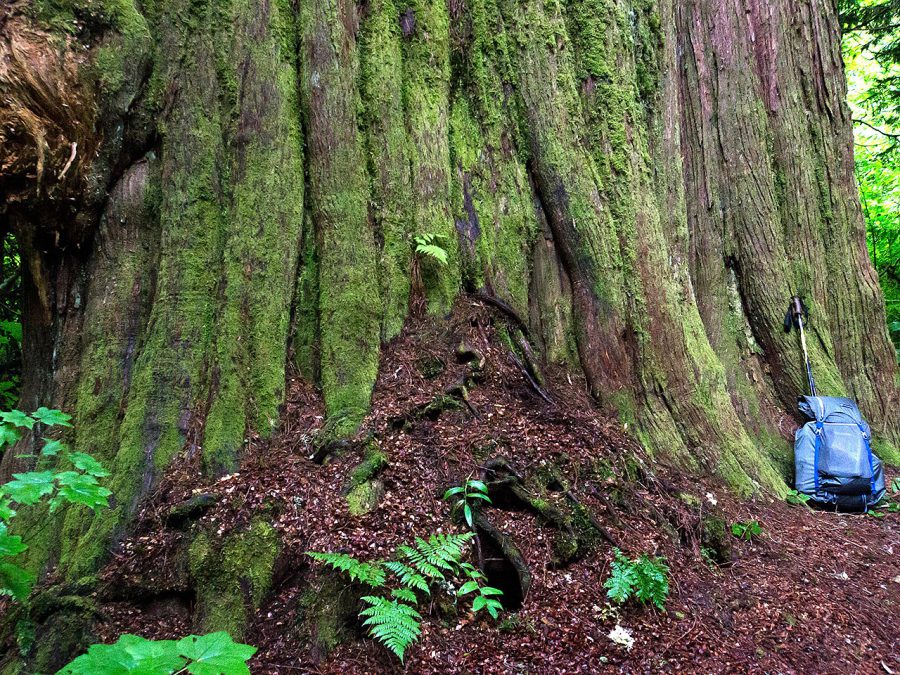
Mile for mile, no other National Scenic Trail has as many glaciers as the Pacific Northwest Trail. Though Glacier National Park, where the trail begins for most hikers in Montana, is named for them, Washington is actually home to more glaciers than any other US state aside from Alaska. All throughout the Pasayten Wilderness, North Cascades National Park, Mount Baker-Snoqualmie National Forest, and Olympic National Park, PNT hikers are surrounded by these ancient icy remnants.
Due to its extreme northern latitude and remoteness, and the diversity of the ecosystems that it traverses – from the Rocky Mountains to the Pacific Coast – the wildlife that can be found along the Pacific Northwest Trail is among the most unique in the National Trail System.
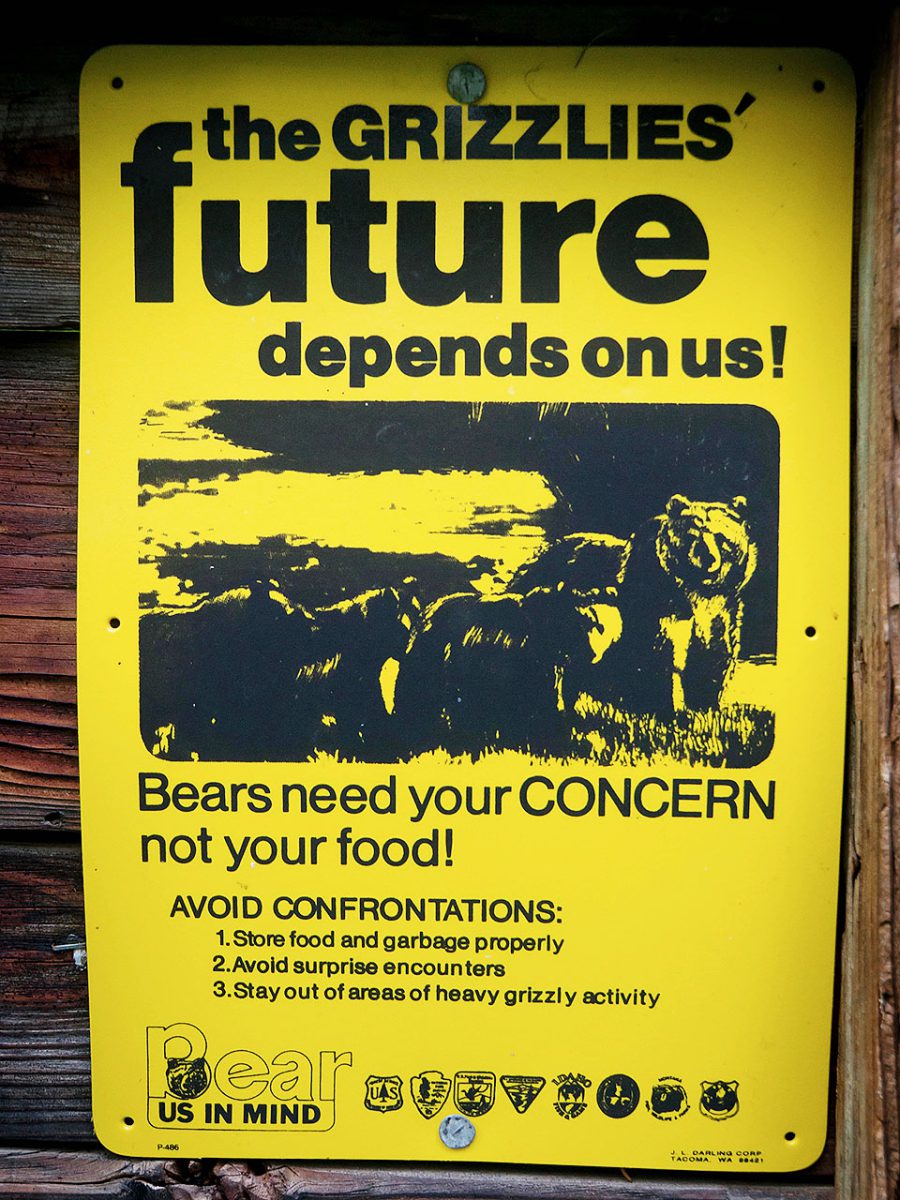
The Pacific Northwest Trail crosses four of the United States’ six designated grizzly bear ecosystems, and hikers should be prepared for potential grizzly bear encounters in all three PNT states. This storied brown bear species was once nearly extirpated in the contiguous United States, but successful recovery efforts have boosted numbers in several ecosystems along the PNT, especially on the eastern end of the trail. In addition, the more common american black bear thrives along nearly the entire length of the PNT.
Perhaps on no other National Scenic Trail will hikers spend more time in the company of wolves. Once common all throughout North America, this species now thrives primarily along the northern periphery of the lower 48 states, including 900 miles of the PNT, from its start in Montana to the west side of Washington’s Cascades.
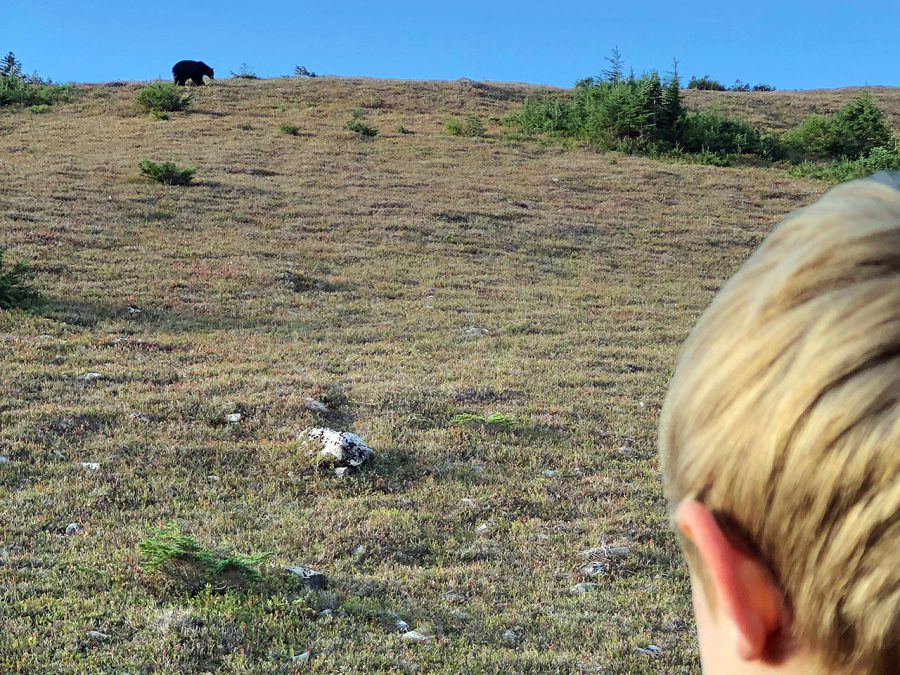
Though PNT hikers are far more likely to encounter a mountain lion or bobcat on the trail, Washington has the largest population of lynx remaining in the lower 48 states, and they all live along the PNT. Occasionally, these rare felids are spotted in Loomis State Forest, the Pasayten Wilderness, and the North Cascades areas.
The unique wildlife along the PNT is not limited to fearsome large carnivores however. PNT hikers routinely spot moose, mountain goats, bighorn sheep, elk, deer, marmots, pika, eagles, otters, sea lions, seals, and even whales from the trail!
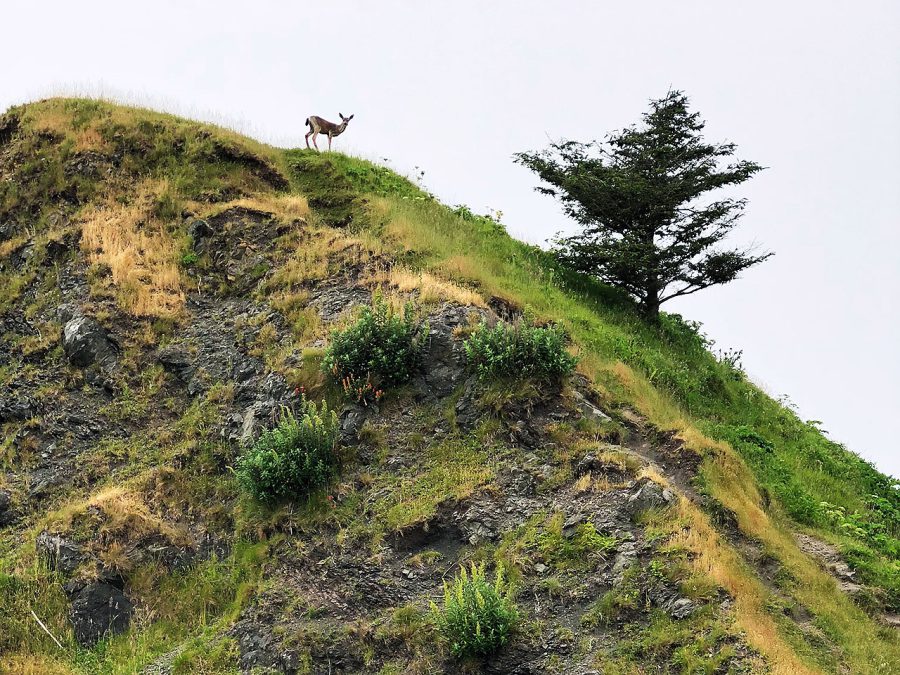
The qualities of the landscape that support such incredible natural diversity also influence much of the rest of the PNT experience. For starters, the PNT corridor has so much room for wildlife because it has so few people.
Unlike the densely populated American east coast along the AT, or even the popular resort communities along the PCT, the towns along most of the PNT are very small – sometimes just a block or two long – nestled in the river valleys between each mountain range. In these tiny communities, the arrival of PNT hikers each year is a notable event.
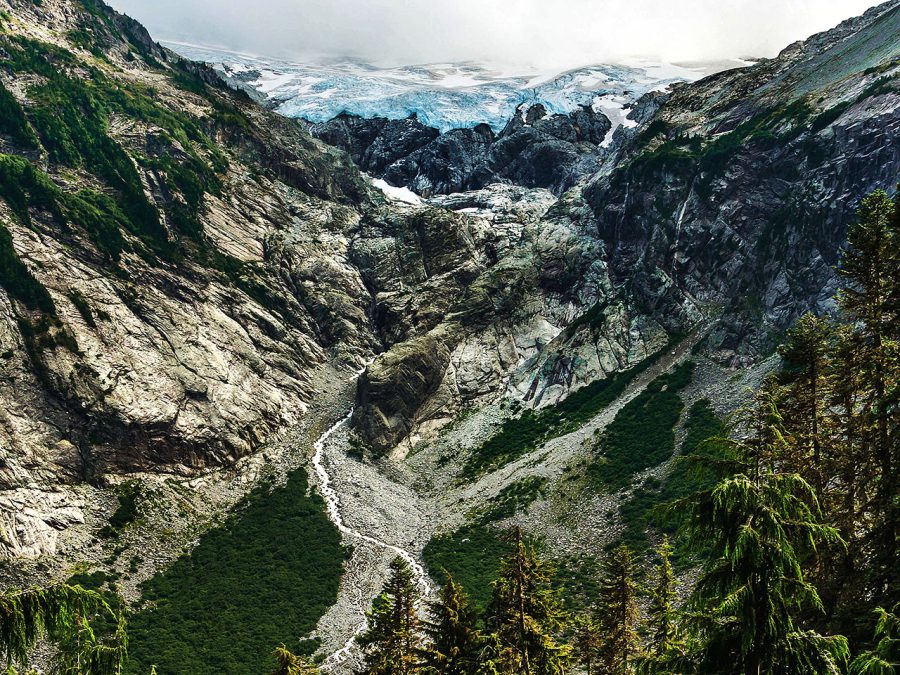
As in town, the human population is also low on the trail itself. With so few people living within most of the trail corridor, and fewer than 100 thru-hikers a year, the PNT offers unparalleled opportunities to experience solitude, and the satisfaction of practicing true self reliance.
The low population density is due, in part, to the ruggedness of the landscape, and the quantity of the land that is under federal management. Approximately 80% of the PNT resides in National Park or National Forest lands, with the towns situated in the few hospitable low elevation areas between the seven major mountain ranges that the PNT ascends.
These mountains, which run perpendicular to the PNT from one end to the other are also responsible for the extreme physical challenge of the PNT, which separates it from many of the other trails. On the PNT, it is not uncommon to ascend 5,000 feet per day on the journey up an over each of these mountain ranges on the way to the sea.
For each of these reasons, and more, I believe that the unique niche that the PNT fills in the National Trail System is being America’s wildest National Scenic Trail.
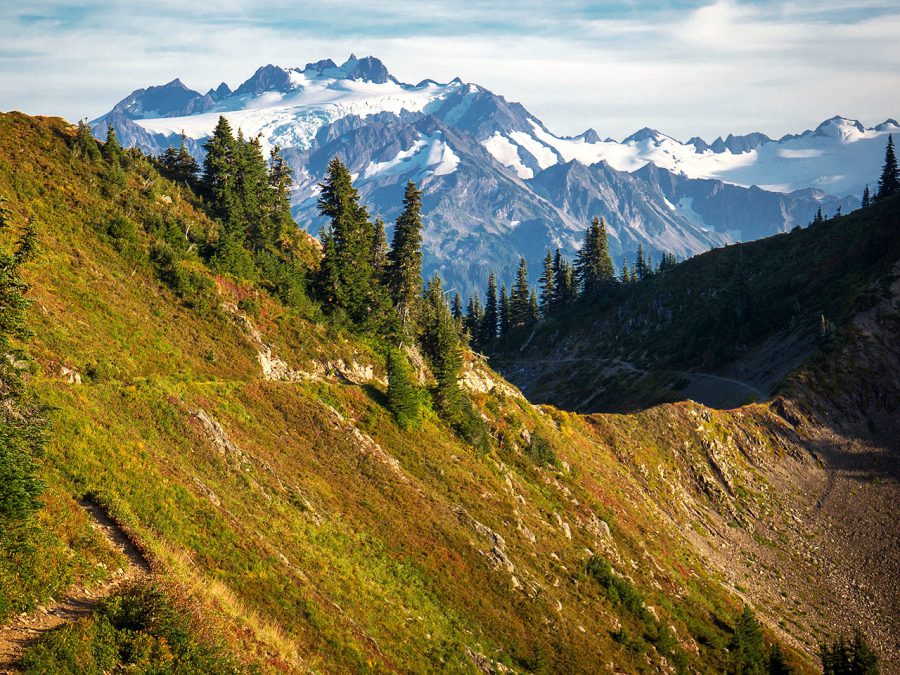
Related Articles
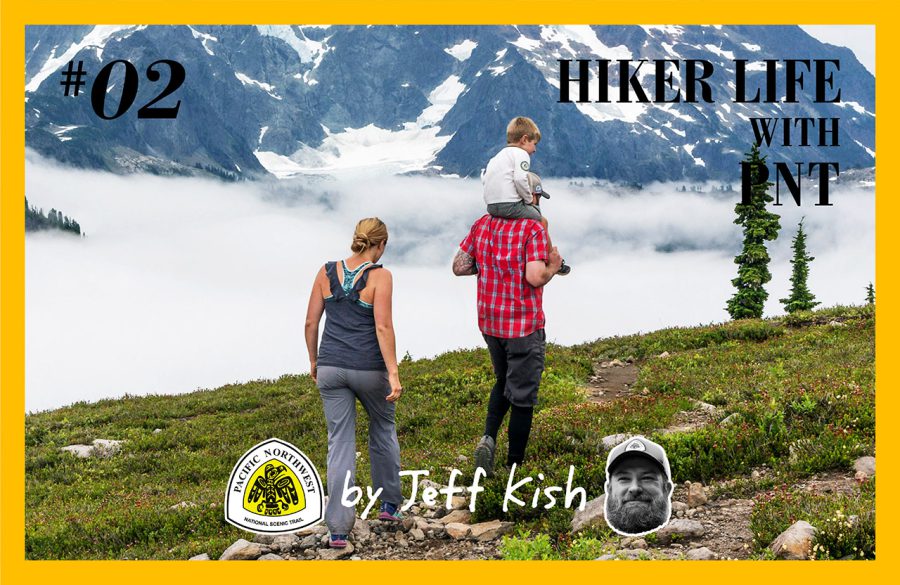
ジェフ・キッシュのHIKER LIFE with PNT | #02 パシフィック・ノースウエスト・トレイルでのファミリー・ライフ
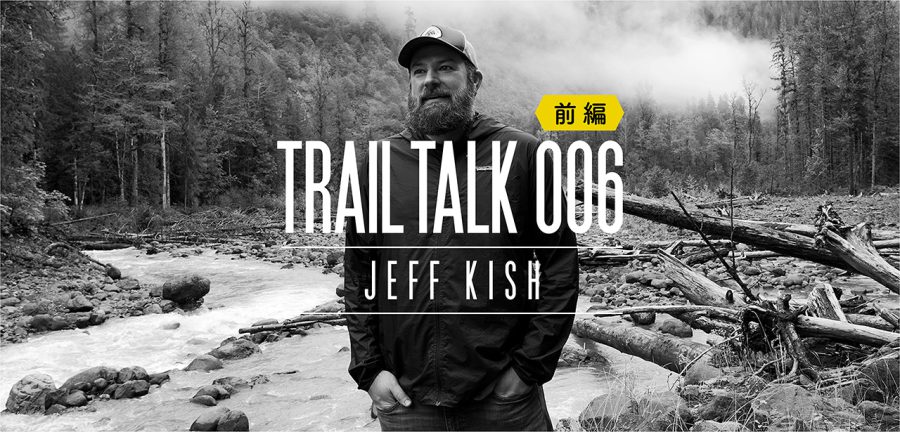
TRAIL TALK #006 JEFF KISH / ジェフ・キッシュ(前編)
- « 前へ
- 2 / 2
- 次へ »
TAGS:


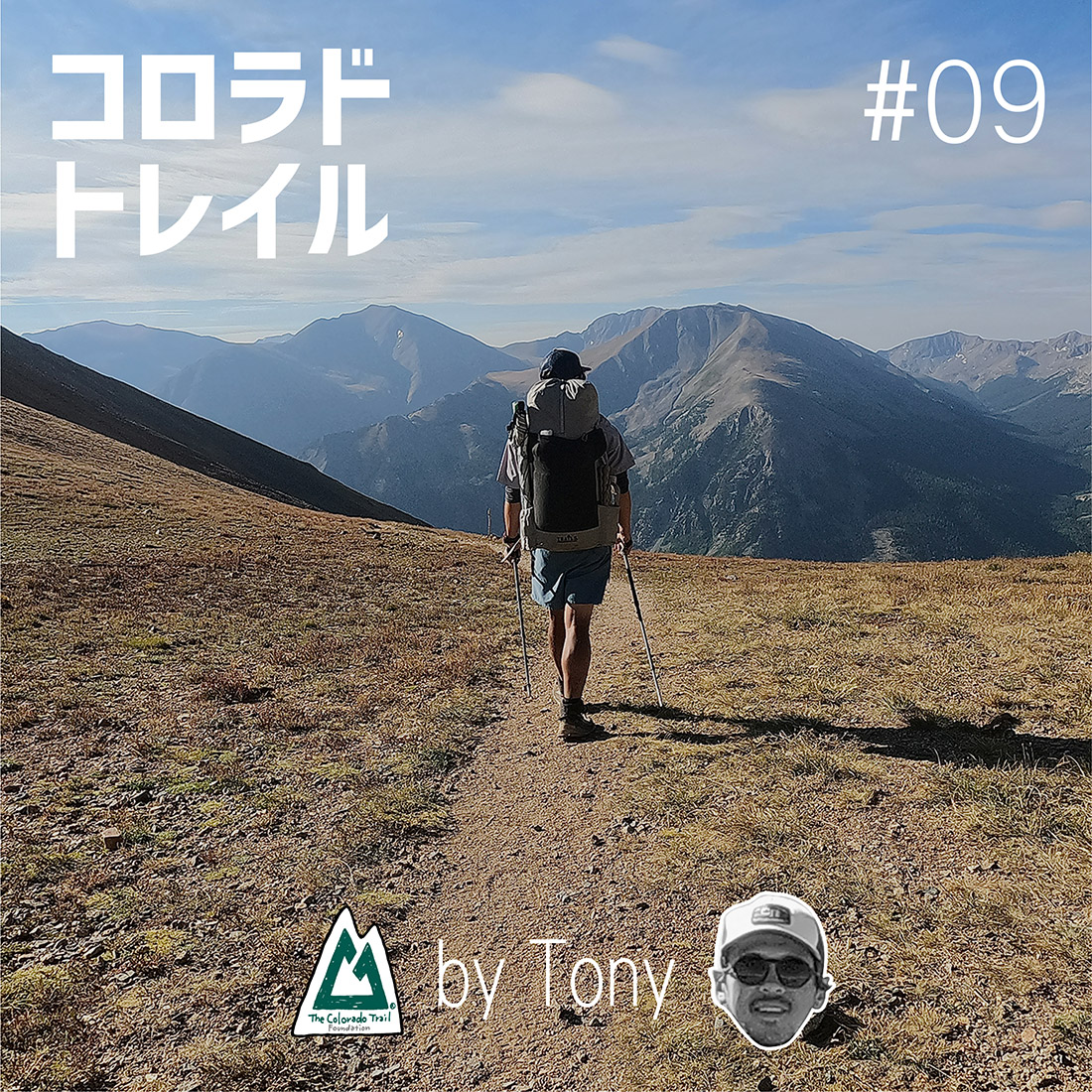








 ULギアを自作するための生地、プラパーツ、ジッパー…
ULギアを自作するための生地、プラパーツ、ジッパー…  ZimmerBuilt | TailWater P…
ZimmerBuilt | TailWater P…  ZimmerBuilt | PocketWater…
ZimmerBuilt | PocketWater…  ZimmerBuilt | DeadDrift P…
ZimmerBuilt | DeadDrift P…  ZimmerBuilt | Arrowood Ch…
ZimmerBuilt | Arrowood Ch…  ZimmerBuilt | SplitShot C…
ZimmerBuilt | SplitShot C…  ZimmerBuilt | Darter Pack…
ZimmerBuilt | Darter Pack…  ZimmerBuilt | QuickDraw (…
ZimmerBuilt | QuickDraw (…  ZimmerBuilt | Micro Pack …
ZimmerBuilt | Micro Pack … 














